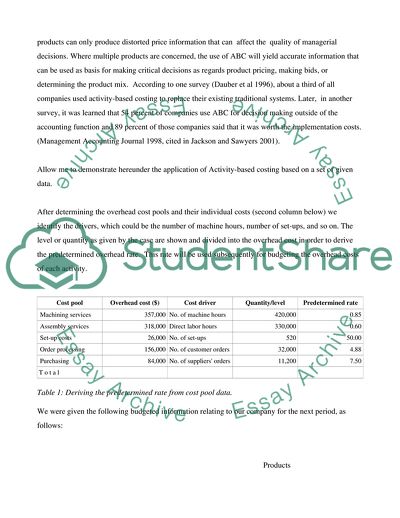Cite this document
(The Activity Based Costing System Research Paper, n.d.)
The Activity Based Costing System Research Paper. Retrieved from https://studentshare.org/finance-accounting/1735272-methods-of-accounting-management
The Activity Based Costing System Research Paper. Retrieved from https://studentshare.org/finance-accounting/1735272-methods-of-accounting-management
(The Activity Based Costing System Research Paper)
The Activity Based Costing System Research Paper. https://studentshare.org/finance-accounting/1735272-methods-of-accounting-management.
The Activity Based Costing System Research Paper. https://studentshare.org/finance-accounting/1735272-methods-of-accounting-management.
“The Activity Based Costing System Research Paper”. https://studentshare.org/finance-accounting/1735272-methods-of-accounting-management.


